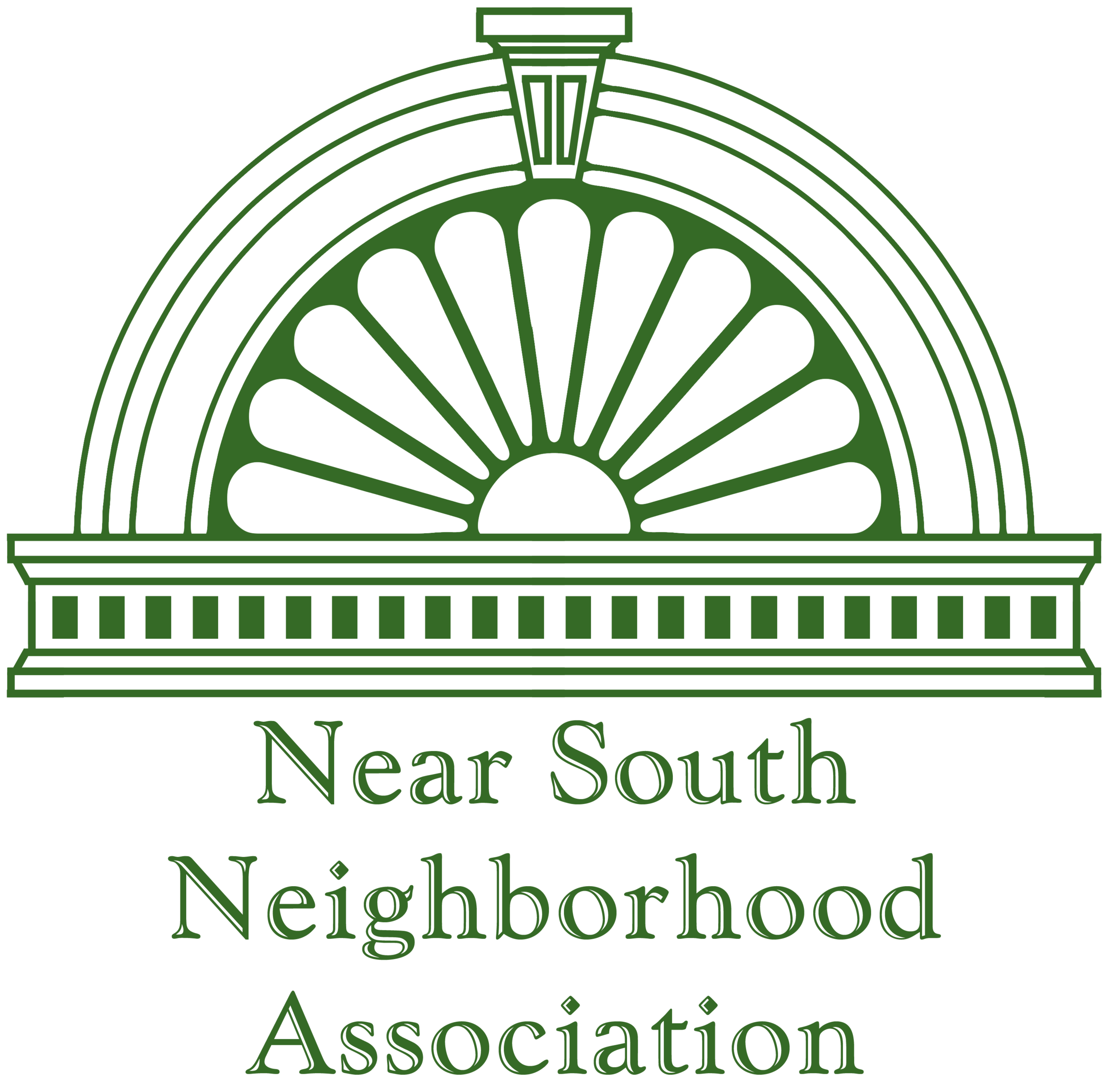Owning our Streets - NSNA Crash Analysis Studio
When you walk (or roll) the streets of our neighborhood, or hop on a bicycle to get downtown, there’s probably a few streets that you avoid. If you’re anything like me, those streets are 16th, 17th, and A Street. And that choice isn’t unfounded. A few neighbors and myself have been asking a ton of questions of the LPD Southwest team, and the data is pretty clear. Our main arterials, 17th Street notably, are hot spots for crashes relative to the surrounding neighborhood. Certainly, we all get a bit annoyed when a motorcycle or car rockets up on our streets, and it’s an easy answer to say “well, people really just need to slow down”. I am in no way deferring responsibility of drivers to be safe at the wheel, however, as a neighborhood we also have a shared responsibility to make sure that our neighbors, particularly those most vulnerable using our streets, can get around and engage with our community safely. Leading us with the question, what determines the safety of a street?
When you get into your car and get situated, I’m sure you take great care in pulling out of your garage or parking spot to not hit anything or anyone. That intentionality, if you’re like the vast majority of drivers, drops quickly once as you’re on the road. Whether or not you’re “distracted”, your mind wanders. You don’t consciously make every decision, you get into the flow with traffic (unless you’re in a rush), and if the road is empty ahead, you drive at the speed and in the manner which feels right for the conditions. That’s where the design of the road comes in, and the engineering’s priorities behind it: construction cost vs. durability, aesthetic beauty vs. maintenance, and, most relevantly, speed vs. safety/accessibility. Which priorities do you feel took precedent in the construction of 17th Street? 20th Street? Goodhue? A Street? Clearly, the priorities differ.
There's a national non-profit called Strong Towns (learn more at StrongTowns.org). I’m one of the organizers of a local Stong Towns conversation in Lincoln. Part of their mission is to build “stronger towns” through bottom-up approaches. The founder, Chuck Marohn, is a “recovering engineer” who popularized the term “Stroad” to describe streets which have lost their purpose as a platform off which to establish community – think of the way you feel walking down 11th Street near “G” Street versus how you feel (or see people on foot experiencing) “O” Street around 25th Street. Which street’s design is helping to build up a place, and which is trying to serve too many purposes between fronting businesses, moving high volumes of traffic, and serving as a drag strip in the evening? A leading question, I know.
I’m telling you about Strong Towns not (just) because I want you to join our local conversation if that’s your scene (check out Strong Towns Lincoln on FB if you think it may be), but because Strong Town’s provides free resources like the Crash Analysis Studio. People in communities like ours can and have utilized to take a more humane and structured approach to reviewing the factors leading to crashes including more then just the actions of those involved. I’m starting work to form a team to start a serious effort to review the priorities of the roadways running alongside and our streets within in the Near South, to humbly observe what the first (and second, and third) steps are that we could take to make our streets better for all. I would love as many people as possible to be a part of it.
It shouldn’t require “the people in charge” to come along and make our neighborhood better, and it is a dangerous attitude we’re socialized into to wait for heroes to come along and change things. We are the ones most impacted by the wellbeing of our neighborhood. We can, and should, be the primary agents in our neighborhood as those that live here. Working together can do the work and build the partnership to make our streets better for us: to calm traffic, improve the quality of life through walkability, and, most importantly, save lives. It won’t be just my vision, or just yours, or a set of solutions delivered to us from the top down that’ll make our lives better. To quote a good friend and fellow Lincolnite Sam Otte when he and I kicked off Strong Towns Lincoln: “Don’t worry about stepping on toes. It’s not my strong town, it’s our strong town”. Let’s build the Good Life for All, starting right here in the streets of the Near South, together.
If you’d like to be part of this work, starting with a focus group to walk through the Crash Analysis Studio on one of the recent car crashes in our neighborhood, email me at Brent.Lucke@NearSouth.org or shoot me a text/call at (402) 413-1347. Feel encouraged to reach out about other ways you see to make our streets, or our neighborhood better. I’m always happy to chat.

